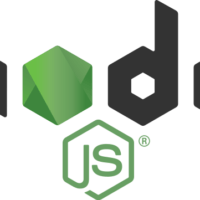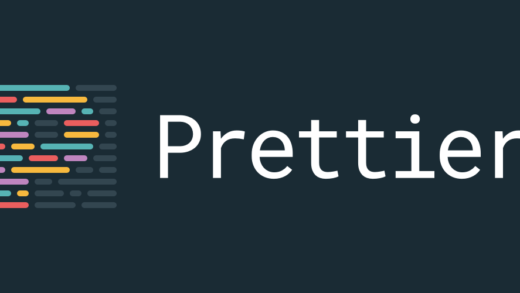
How to Boost Your Productivity as a Developer: Tips and Tools
Developers must prioritize productivity as a vital component of their workflow. Writing code efficiently matters greatly for clarity and productivity, without unnecessary obstacles slowing progress down. Numerous elements significantly impact overall productivity through efficient time management and optimal environment setup with suitable tools. Optimizing workflow effectively makes a substantial impact...





















